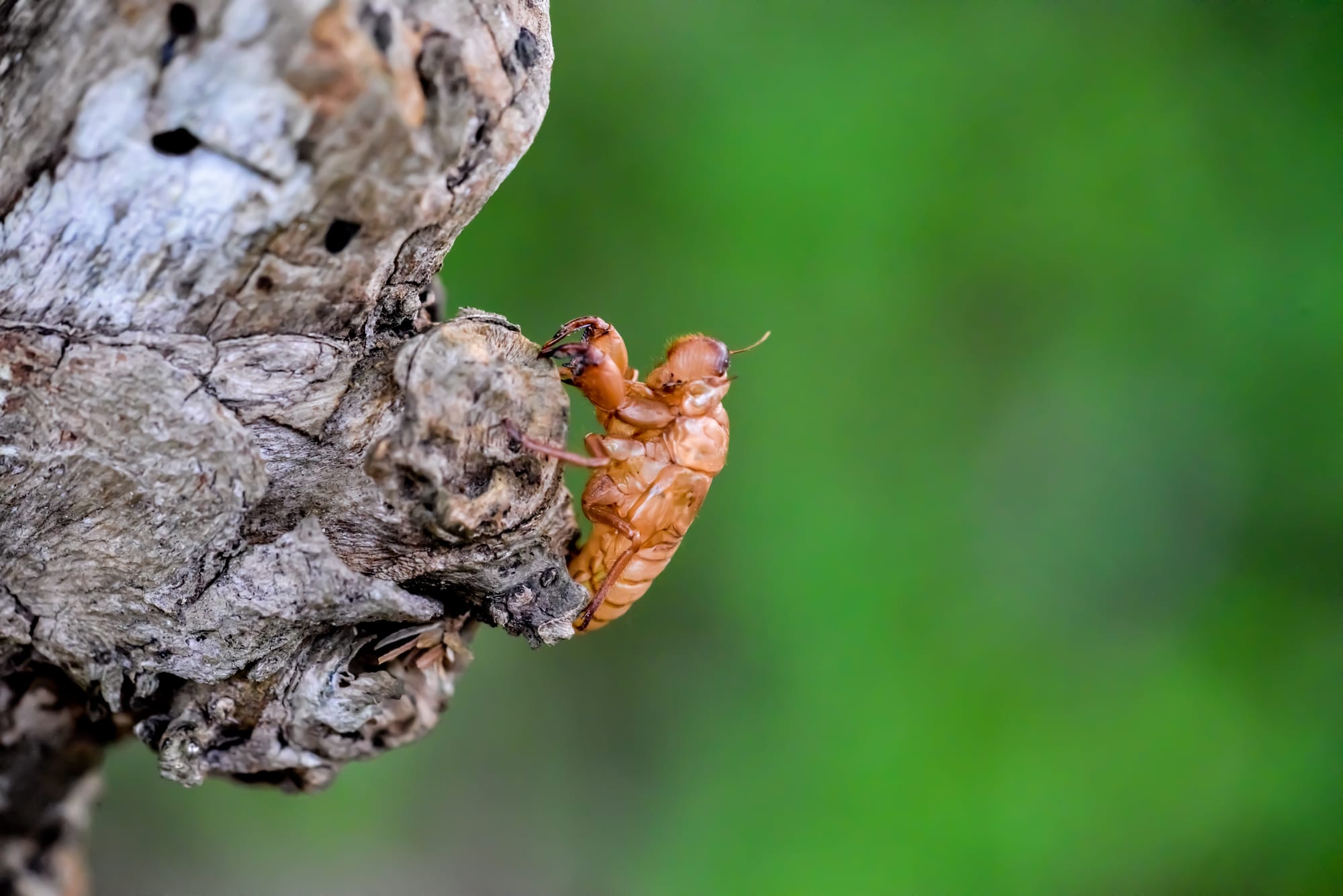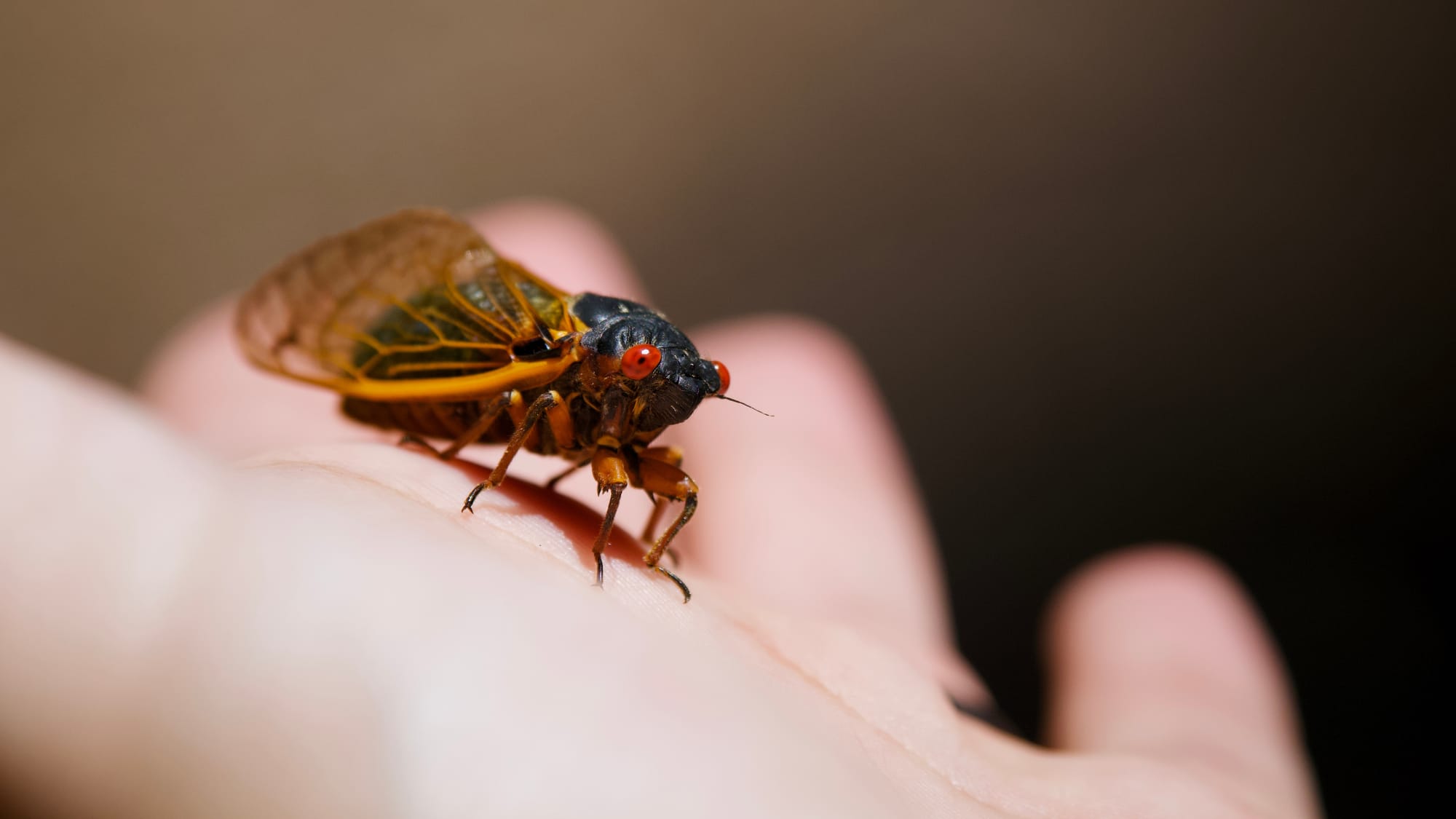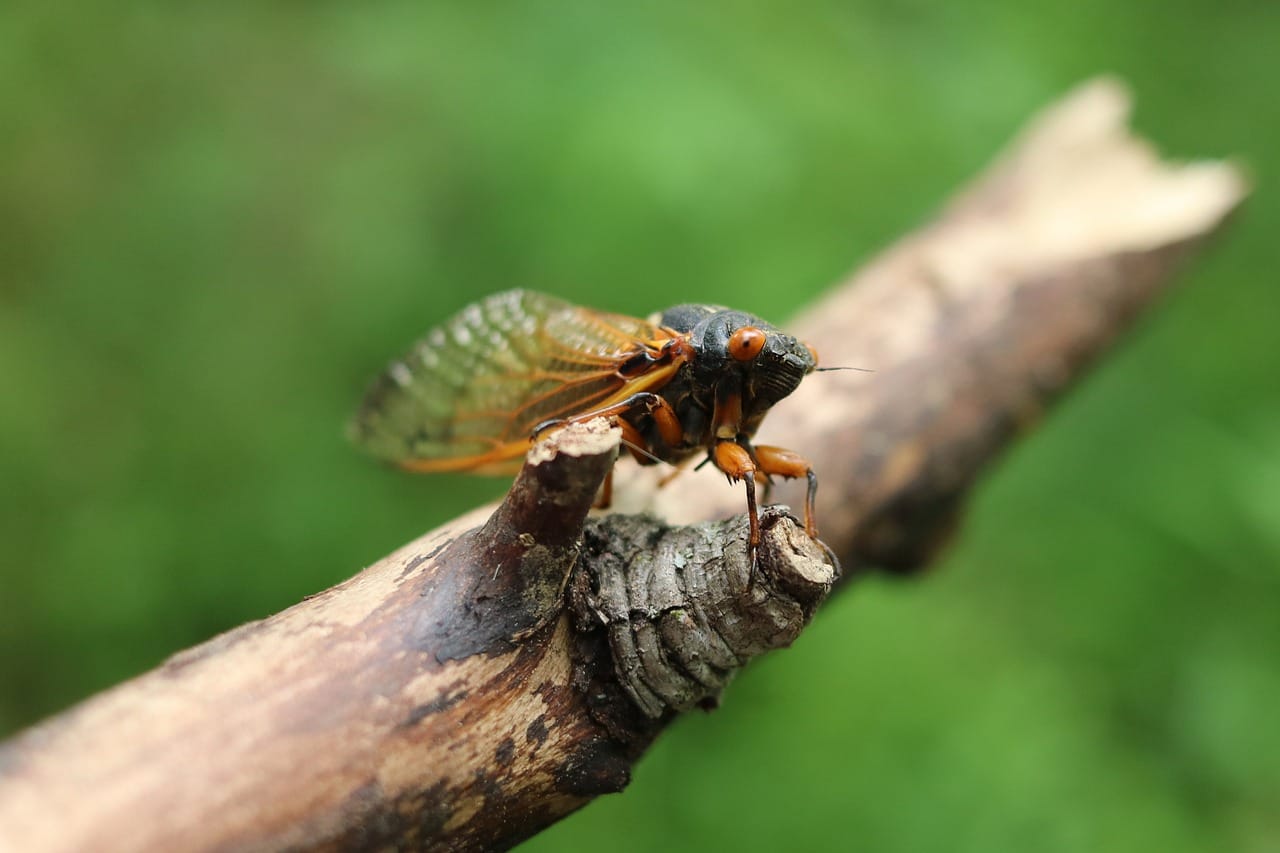After more than 200 years they are about to return: the most anticipated cicada invasion of the century is coming!
Billions of insects are expected in the states of Central and Eastern America. A phenomenon as rare as it is predictable.

It was 1803, the president of the United States was Thomas Jefferson, and, in the spring, America was invaded by a multitude of cicadas. The broods of two distinct species of the genus Magicicada found themselves, in a coincidence that occurs every 221 years, emerging together from underground, where they spend most of their lives in larval form.
Yes, you did the math right; 2024 is the year of the next appointment after the one in the early 1800s. The Cicada-geddon - as entomologists at the University of Connecticut who, among others, monitor the activity of these insects have renamed it - will soon involve central and eastern U.S. territories. The event's nickname is just a nice reference to the extraordinary number of individuals that will flood forests and fields in the states involved. In fact, as experts explain, these insects do not cause any harm to agriculture, nor to humans; on the contrary, unfortunately for them, they will represent an exceptional food resource for birds.
Magicicada cycles.
This genus of cicadas includes several species that have life cycles of 13 to 17 years. A life lived, almost entirely, underground, in the form of nymphs, until the last year when, with the warmth of spring (more precisely when the soil reaches a temperature of 17-18 C° at a depth of 18-20 cm), they re-emerge on the surface to perform their first and last reproductive act, before ending their lives.
This happens every 13 years for some Magicicada species and 17 years for others. Now, every 221 years - as mathematics teaches - it happens that the two species concerned - one belonging to the 13-year group, the other to the 17-year group - end their life cycles in the same year, resulting in a spectacle reserved for the few. The number of "periodical cicadas" (also called) that will emerge in 2024 cannot be accurately predicted because there are so many variables at play, but it is estimated that trillions, perhaps quadrillions, of these insects will emerge from the surface, climb trees and shed their exoskeletons (exuviae), in some areas looking like walking on potato chips! From this moment the most famous summer soundtrack of all time, the chirping, will begin.

The song of the cicadas
As is often the case in the animal world, singing is nothing more than a sexual call, the main act of courtship. So much for idleness! In this delicate last phase the survival of the species is at stake, all the remaining vital energies of each individual are used to hatch the next generation. And it all begins with singing. The anatomical structure of males includes a number of elements, particularly developed precisely to produce the powerful song. Muscles, sacs, eardrums, an equalizer; an articulated musical instrument, a perfect machine to further amplify and correct the quality of the emitted sound that reaches 110 decibels. The same as a helicopter!

The cicada in the myth
As it was said, when it emerges from the underground, the cicada has no provisions to make, no burrows to return to, it is its last season, no future to plan, no savings to hide in the mattress, no chance to be able to think about putting anything off. When it emerges from the underground, the cicada has only one mood: do whatever you can do and do it well because there will be no second chances. And he just doesn't have the time to tease the ants working for the winter!
In the Phaedrus, Plato relates that cicadas were at first men, so enraptured by art, especially music, that they forgot to feed themselves, then transformed by the Muses into cicadas, animals that spend their (apparent) short existence singing, until death, sentinels on the Earth of the Muses, to whom they return to report who among men honors them and who does not. But they were also connected to the Eleusinian Mysteries, in relation to their cycles of appearance. Because of the persistence of their song they were considered a symbol of perseverance, but also of intrusiveness. Feverish artists, passionate and persevering, connected more to the hyperuranic dimension than to the earthly one. An alternative view to the more widespread version of wastrels drawn by Aesop.

The extraordinariness of the event that will manifest itself shortly here consists in the coincidence of an interval more than two centuries long, a contemporaneity that will make listening to that song at the limits of endurance. May it be an invitation, in the age of artificial intelligence, virtual sociality, and "scientific religions," to experience art in a less compartmentalized way, to make it more present with its authenticity as an essential component of human existence?
Finally, the broods will be laid at the same time, but in order for these two groups to meet again, they will have to wait for several generations, until the next date, which is scheduled for 2245.






